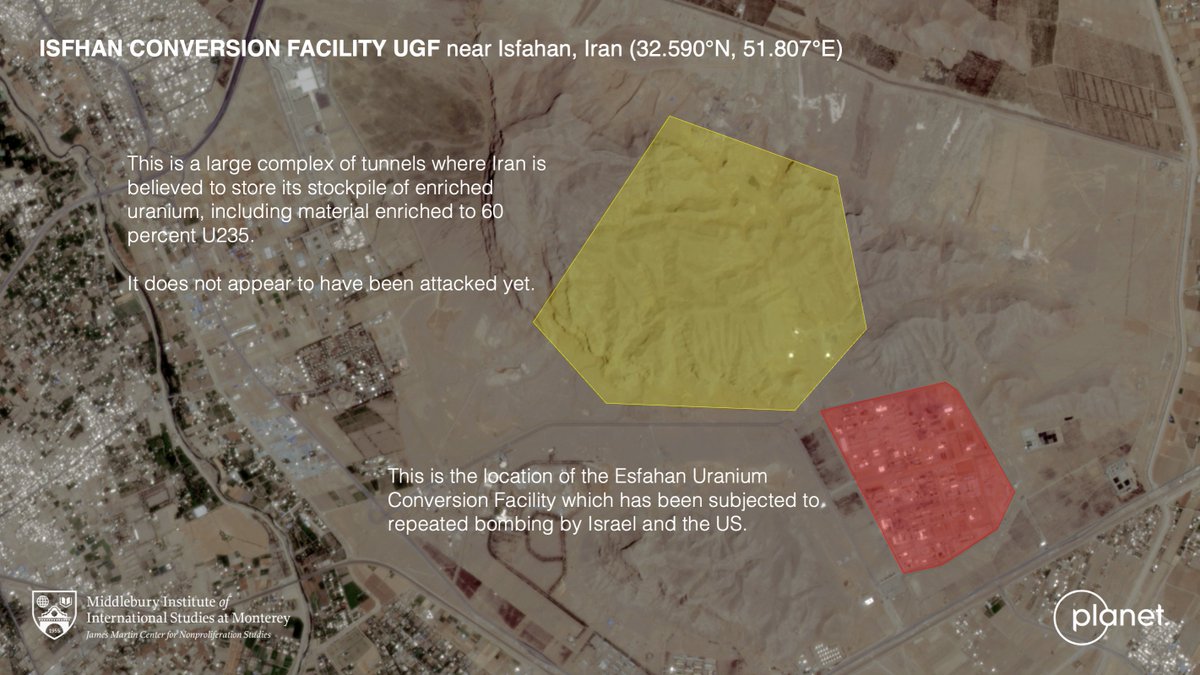I've noticed that some people are expressing skepticism that the DPRK could have acquired or developed a 1,500 km-range land-attack cruise missile. TL/DR: It's not 1978 any more.
A short thread.
A short thread.
Starting in 2014, North Korea showed ship-based copies of Russia's Kh-35 cruise missile. In 2017, North Korea test-fired a land-based variant of the Kh-35, called the Kumsong-3. 


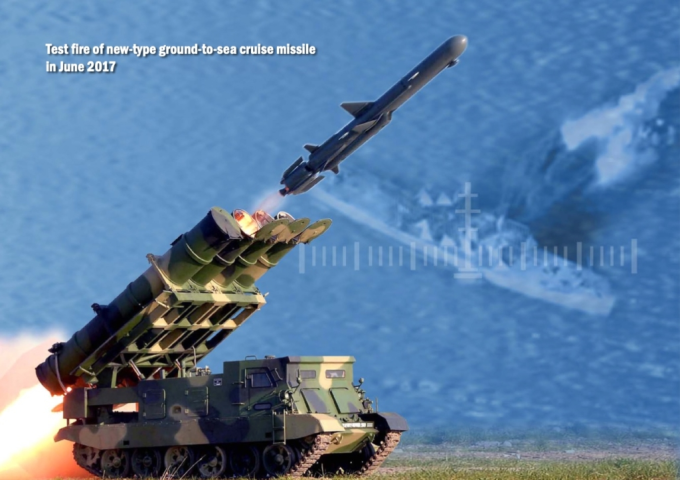
The Kh-35, also known as the Kharpunski, is a fairly capable 130 km-range cruise missile developed by the Soviet Union in the 1980s. It used the R-95-300 turbofan engine. (The engine produces 300-400 kgf of thrust and weighs 95 kg). 



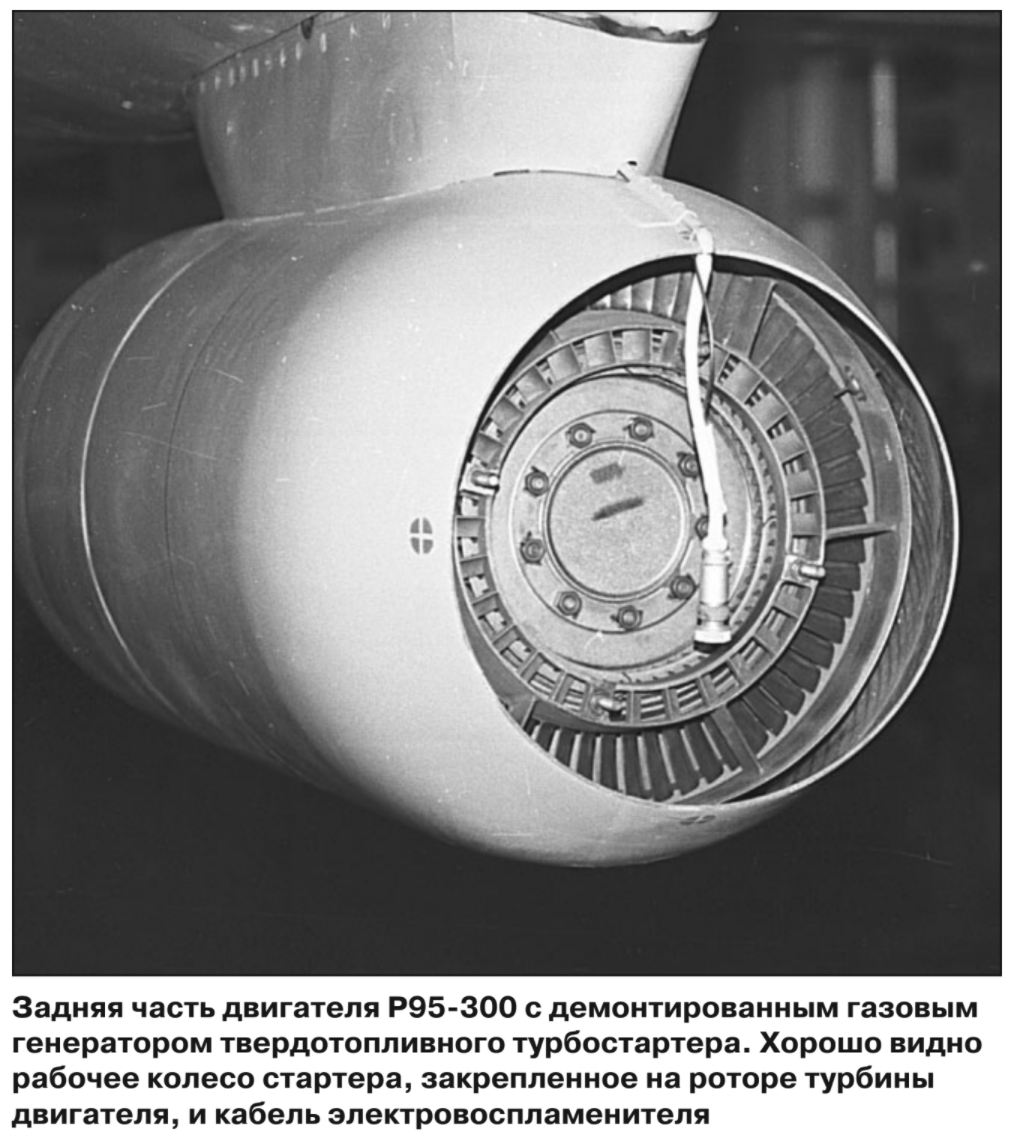

Here's the thing. This same engine was used on the much more capable Kh-55 (AS-15 Kent), which has a range ~2,500 km. The Kh-55 is just bigger and carries more fuel -- its like two or three times heavier than the Kh-35. 
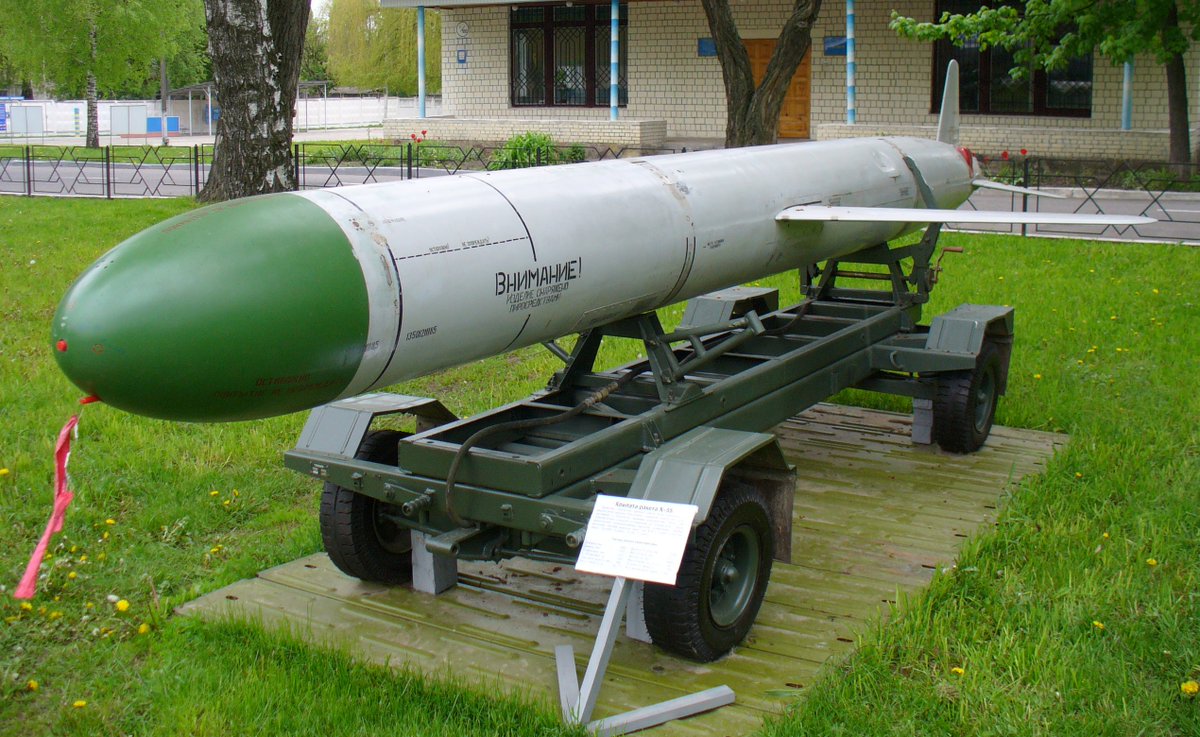
This technology was developed by the Soviet Union during the 1980s. After the collapse of the Soviet Union, these things were around. An entity in Ukraine exported 12 Kh-55s to Iran and China.
armscontrol.org/act/2005-05/uk…
armscontrol.org/act/2005-05/uk…
China and Iran both subsequently developed long-range cruise missiles that are probably derived, at least in part, from the Kh-55. These include China's CJ-10 and Iran's Hoveyzeh. 





The R-95-300 engine was manufactured by Motor Sich, in what is now Ukraine. Motor Sich lost its contracts with the Russian Ministry of Defense, but it will sell you a modern version of the same engine (similar thrust and size) under a new name. 
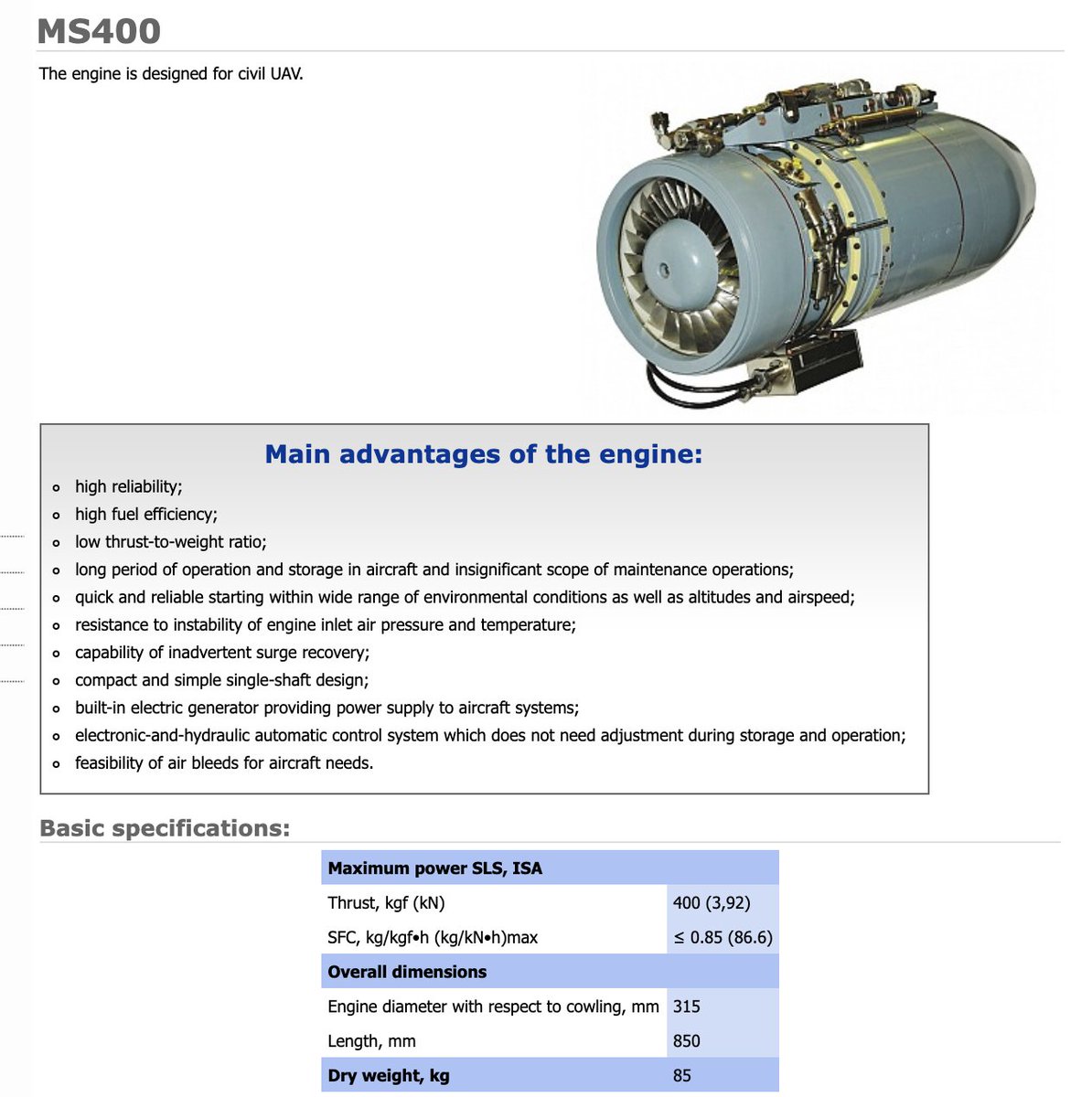
A Chinese company tried to take a controlling stake in Motor Sich last year, which triggered alarms in Washington. Ukraine nationalized the firm under pressure from the US.
wsj.com/articles/ukrai…
wsj.com/articles/ukrai…
All of which is to say that this technology is out there. With the Kh-35, North Korea demonstrated access to the necessary technology and could have received assistance from any number of entities in countries like China, Iran, Russia or Ukraine.
• • •
Missing some Tweet in this thread? You can try to
force a refresh


